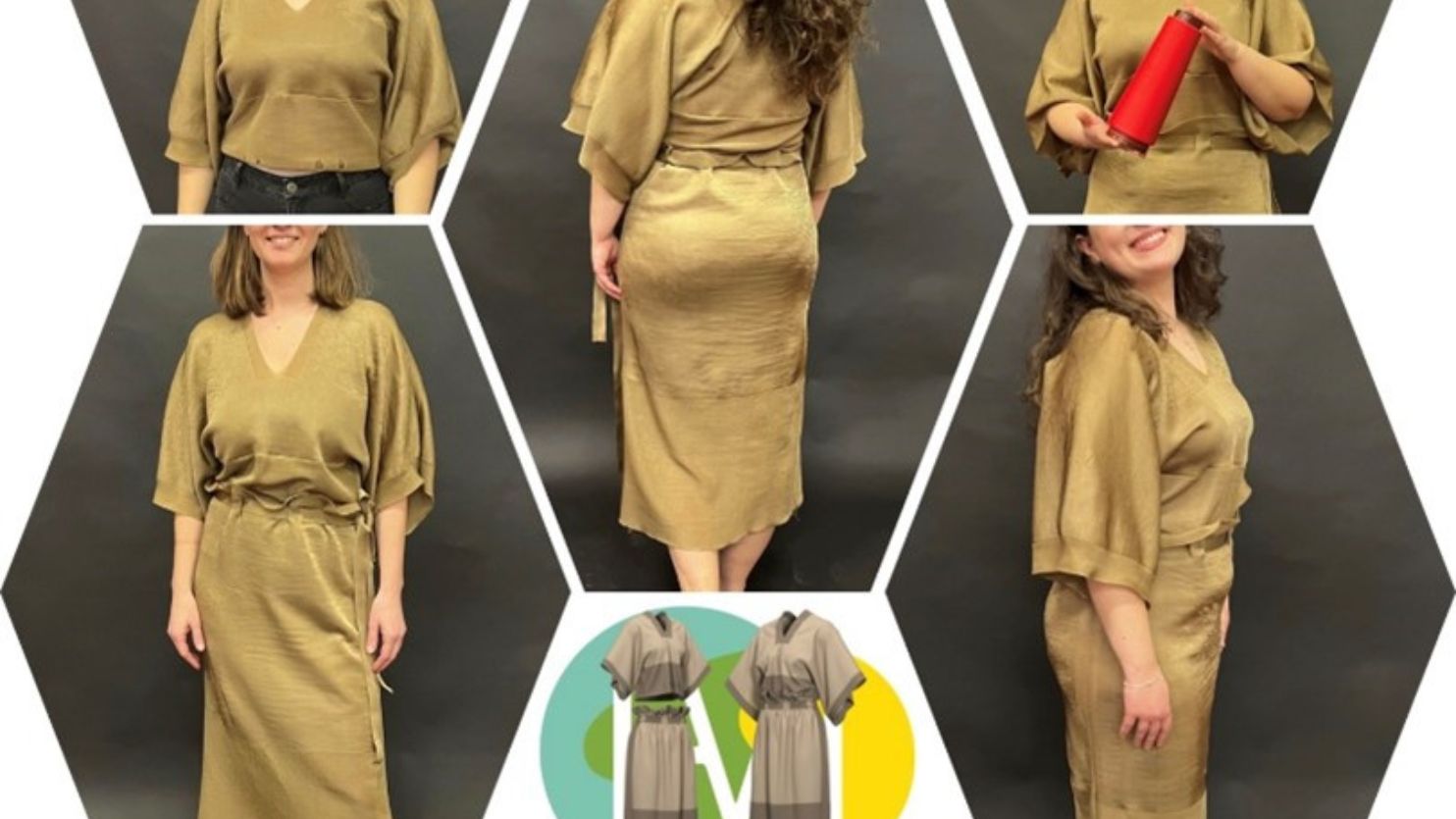Local, Circular, and Biobased: HEREWEAR’s Vision for the Future of Textiles
Clothing made from straw or seaweed may sound futuristic, but thanks to the European HEREWEAR initiative, it could soon be available in stores. The project, part of the Horizon2020 initiative, aims to transform the textile industry by making the entire chain more sustainable, from textile fiber production to daily use. By focusing on circular, local, and biobased production, HEREWEAR and its partners aim to contribute to a new EU economy based on locally produced textiles made from waste.
The Urgent Need for Sustainable Textiles
Jaap van Hal, senior consultant and innovation manager at TNO (Netherlands Organization for Applied Scientific Research), joined the HEREWEAR initiative to tackle the textile industry’s sustainability challenges. He was surprised by the amount of textile waste generated and highlighted the environmental damage caused by clothing production in low-wage countries, as well as the transport of these garments across long distances.
The majority of clothing is made from polyester and cotton, both of which have significant environmental drawbacks. Polyester is derived from oil, contributing to fossil fuel depletion, while cotton has a high environmental impact due to excessive water usage and pesticide application. The textile industry is also a major contributor to microplastic pollution, with small plastic particles from polyester garments ending up in oceans and eventually entering the human body.
Innovative Solutions: From Waste to Textiles
Together with 15 other partners, TNO has been working to develop biobased alternatives to traditional cotton and polyester. This includes creating textile fibers from waste materials like seaweed, straw, and manure. These waste streams are processed using TNO’s patented FABIOLA process, which extracts cellulose from biological waste and turns it into usable yarn for textiles.
One of the most notable results from HEREWEAR is the Flexi-Dress, a modular dress made entirely from straw-based cellulose. The dress recently won the 2024 Cellulose Fiber Innovation of the Year Award. The production process involves converting straw cellulose into yarn using an environmentally friendly method called HighPerCell, developed by DITF, a German textile research institute.
The Flexi-Dress showcases the potential of biobased textiles and offers versatility for the end user. It can be worn as a full dress or separated into a top and skirt, with multiple styling options, ensuring longevity in a wardrobe. To enhance circularity, the dress comes with a QR code that allows users to return it for recycling when no longer needed, enabling it to be transformed into new raw materials for future garments.
Holistic and Collaborative Approach
HEREWEAR’s holistic approach involves rethinking every aspect of textile production to minimize waste, reduce microplastic release, and prioritize local manufacturing. By using local microfactories across Europe, the project reduces the need for long-distance transportation, further lowering its carbon footprint.
According to Jaap van Hal, collaboration across the textile value chain is critical for the success of sustainable innovations. HEREWEAR’s results are already being adopted by other textile industry players who recognize the importance of developing biobased textiles and circular systems.
Empowering the Industry to Embrace Sustainability
HEREWEAR is also sharing its knowledge through the HEREWEAR Hub, a platform that offers instructions, case studies, and webinars to help companies and stakeholders start their journey toward circular textiles. The hub encourages collaboration, providing a step-by-step guide on how to implement biobased textiles, and highlights the importance of working together across technology, design, and consumer needs.
The future of the textile industry, as envisioned by HEREWEAR, is one where clothing is made from renewable resources, produced locally, and designed to be fully circular, ensuring a cleaner, more sustainable future for fashion.
